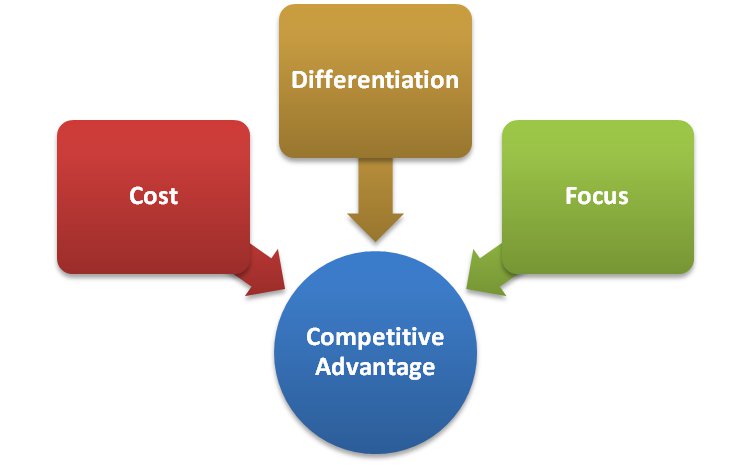4 Keys to Competitive Advantage for Your Business
 Here’s a basic question all entrepreneurs must answer: Why should customers choose your product over your competitor’s? Your concrete answer to this question is crucial, especially in today’s fast-paced business world. If you can’t immediately, convincingly explain your unique selling proposition, then most likely:
Here’s a basic question all entrepreneurs must answer: Why should customers choose your product over your competitor’s? Your concrete answer to this question is crucial, especially in today’s fast-paced business world. If you can’t immediately, convincingly explain your unique selling proposition, then most likely:
● You haven’t yet established a solid company or product brand.
● You haven’t figured out specific and effective strategies for marketing your product.
● Your business’ lifespan is in danger of being drastically shortened.
The lower the price, the better
Some business owners emphasize affordability, with good success. Case in point: consumers are loyal to Walmart discount stores because of their generally low prices. The tagline, “Save money, live better” targets customers who consider practicality and frugality must-practice values. It’s possible for the retail giant to implement this policy because of its huge volume of products, bought from a vast network of suppliers. Walmart can negotiate for prices much lower than those smaller competitors can secure.
Dare to be different
Fortunately, a cheap price is not the only option for achieving competitive advantage. In fact, if you undercut your prices too severely in an attempt to keep up with competitors, you may be left with no profits. Sometimes building a strong brand will set you so thoroughly apart from your competitors that price is not much of an issue. For instance, Levis jeans may not be the most affordable denims, but the company has built and sustained its brand position of originality, creativity and durability so well that people are happy to pay a bit more. It’s one of the main reasons Levis has been a favorite across generations.
Your target market has a say
Before advertising your brand, make sure you have clearly identified your target market and analyzed their purchasing behavior. Knowing your customers guides you in creating strategies for communicating, connecting, and building your sales. Your analysis should include answers to the following questions:
● What exactly is my product? What are its key features? What benefits does it offer?
● Who are my potential customers? Why would they choose my product?
● How, where and when will my customers use my product?
You should also look closely for companies who would answer those questions the same way you have. How will you make your offering distinctly different from theirs? Will it be the product warranty? Variety of style or other options? Quality of customer service? The answers will become the foundation of your marketing and sales plans.
Stay in the loop
Gaining and maintaining a competitive advantage is an ongoing and endless process. If you don’t stay abreast of market trends and competitors’ strategies, and keep your own actions fresh and relevant, your market share will decrease and your prosperity will evaporate. Nokia is a prime example of a company that failed to hold on to the cutting edge. As James Surowiecki explained on NewYorker.com, Nokia failed to consider software equally as important as hardware. Further, the once-giant mobile company didn’t foresee the importance of transition to smartphones, and finally, they overestimated strength and durability of their brand.
Toke Kruse is the CEO and founder of Billy's Billing, providers of accounting software in plain English - designed specially for small businesses. He writes books and blogs about startups, entrepreneurship, business, accounting, and presentations.

 Delicious
Delicious Digg
Digg StumbleUpon
StumbleUpon Propeller
Propeller Reddit
Reddit Magnoliacom
Magnoliacom Newsvine
Newsvine
Comments
Post new comment